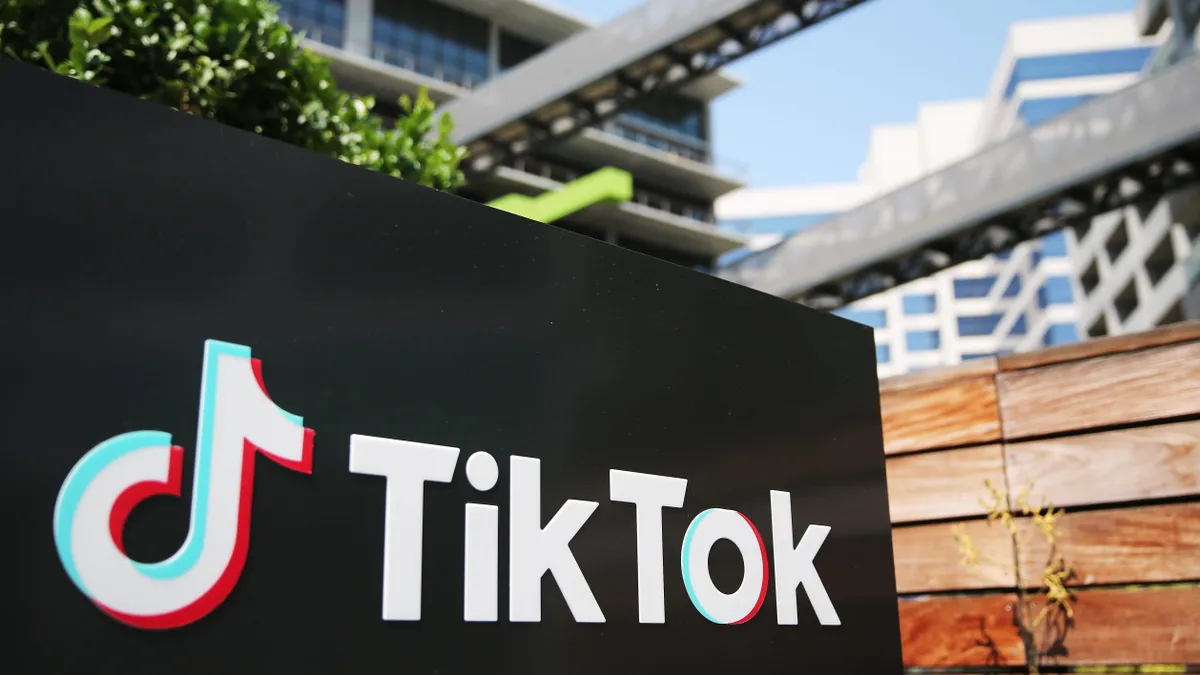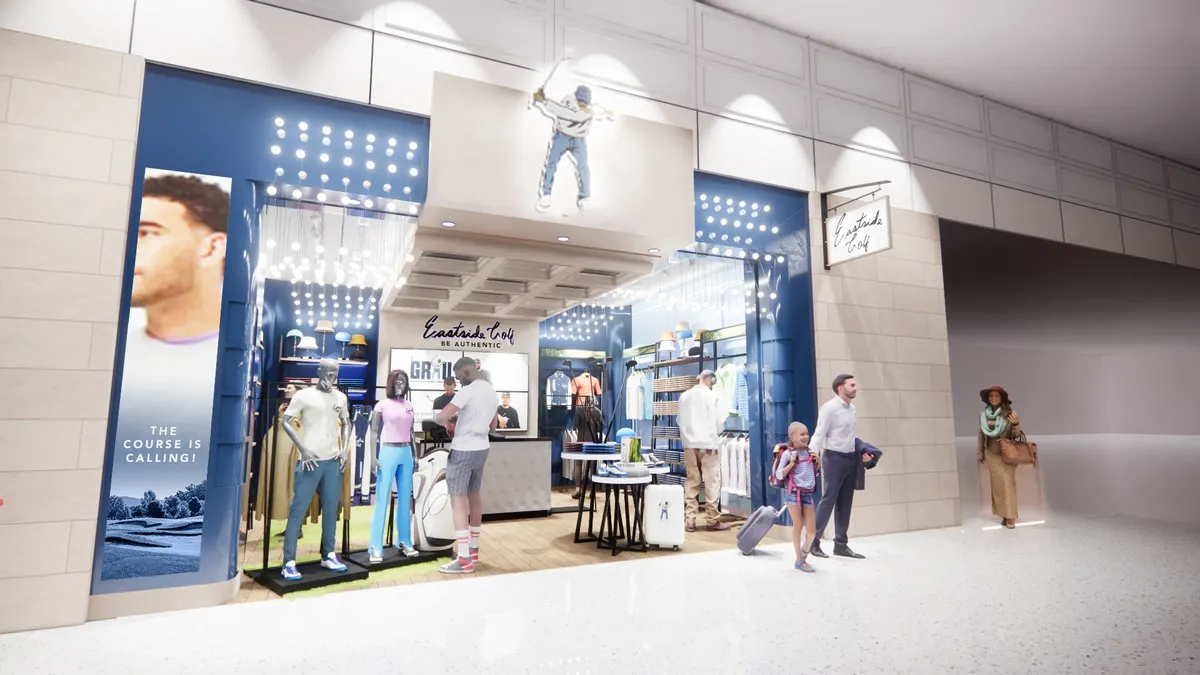September is a critical turning point in the calendar year. Summer ends, and autumn takes its place. Trees turn from green to red, orange and gold. Kids begin a new school year. The National Football League kicks off a new season. And retailers lay the groundwork for the all-important holiday shopping period to come.
While September typically represents the calm before the seasonal storm, it also represents a prime opportunity for retailers to attract new customers shopping on mobile devices, a category that yielded $49.2 billion in U.S. sales in 2015 — up 56% year over year, according to comScore data. In fact, after analyzing data on millions of mobile ad impressions and app installs collected over 12 months, mobile app marketing platform Liftoff identified September as the most cost-effective time of the calendar year to acquire new shoppers on mobile.
Sleepy September, Liftoff found, offers average mobile user acquisition costs as much as 70.5% less expensive than July, November and December — months that are synonymous with an onslaught of marketing efforts touting back-to-school and holiday deals. Cost per first purchase — a key metric for retail app marketers — dips to $87 in September, far below the annual average of $113.74 and cheaper than any other month. At the same time, September boasts mobile app install-to-purchase rates of 5.8%, the third highest of the year and a significant boost above the average 4.3%.
Retailers looking to score big on mobile on Black Friday, Cyber Monday and beyond should take aggressive steps to ramp up their mobile efforts now, far ahead of the frenzy, according to Dennis Mink, Liftoff’s vice president of marketing.
“To be a successful mobile shopping app that generates meaningful revenue, you really need to understand the impact of seasonality, and build a marketing strategy that takes that into account,” Mink told Retail Dive. “There’s usually a lull during the September timeframe, but interest in shopping on the phone remains high. [Retailers] can get in there, run campaigns and acquire users at a much lower cost.”
Good impressions
Liftoff looked at roughly 4.6 billion mobile ad impressions and more than 1.9 app installs collected between May 2015 and April 2016 to determine the peaks and valleys in shopping app user acquisition costs. For example, in July 2015 — when retailers are rolling out their back-to-school shopping campaigns — average acquisition costs surged to $144.60 per first purchase, a figure eclipsed only in December at $148.76 per first purchase. By comparison, acquisition costs dropped to $88.54 in March — which, like September, is a month in between major shopping seasons.
Credit fluctuating ad inventory costs for increases and decreases in mobile user acquisition expenses, Mink says. “Bidding and buying on ad impressions in September is lower because back-to-school is generally an August spend, and holiday spending typically kicks in around late October. Buying inventory simply costs less during that September timeframe. Retailers need to take advantage when costs are so much lower, and really invest into pure user acquisition during these times. This is also a phenomenal time to test and optimize ad creative. You’re not going to be overspending on impressions and tests, so it’s really a sweet opportunity to do lots of optimization of your ad creative before inventory costs go up.”
Securing new customers in September positions retailers to keep driving business once the holiday season begins in earnest: Mobile shoppers who install a merchant app and make an initial purchase are likely to become repeat shoppers, according to Liftoff.
While marketers spend an average of $114 on acquiring mobile users who go on to complete a purchase, allocating advertising budgets across a range of platforms including Facebook, Twitter and Google as well as real-time bidding exchanges, Liftoff found that eventual purchasers average 3.4 mobile transactions within six months of installing a shopping app, with an average order size of $68.00 per purchase. In addition, the majority of consumers who make purchases in mobile apps complete their first two buys within two weeks after they download an app, helping retailers quickly recoup user acquisition investments.
“When people with an interest in shopping download an app, they make their first purchase very quickly,” Mink said. “Roughly 25% of people who have an interest in making a purchase will make that first purchase within a day, and more than 50% of purchases that are made are made within the first five days.”
Attention to retention
But mobile user enthusiasm can quickly give way to indifference. Fewer than 25% of all mobile users who download an app return to it after the first time they use it, according to a survey published in May by mobile marketing automation platform Appboy. No less unsettling, overall app retention plunges to around 11% within a week of the initial install and drops below 5% after 45 days, finally settling at 4.1% after 90 days.
Liftoff says retailers must get proactive to guarantee users stick around through the holidays — and into the new year to follow. That means retargeting users who install shopping apps.
“We recommend that you start retargeting people who install your app really fast,” Mink said. “Many marketers think, ‘I just don’t want to bother people with a bunch of re-targeting ads or push notifications — they just installed the app, let’s give them some time.’ This is a mistake. Given that people are going to make that first purchase so quickly, you want to start retargeting people immediately. We recommend literally a day, two days max, before you start retargeting.”
But Mink says relatively few marketers are presently developing and budgeting mobile app retargeting efforts. “This is the one area where there’s a big opportunity for marketers to have a lot more success if they make that investment, but they don’t know how to do it successfully,” he said. “For all the campaigns we run for our customers, we always put a small part of the [user acquisition] budget against retargeting the user we just acquired, because we usually see a significant increase in post-install revenue-producing events and purchases among new installs that we are targeting. It works very well.”
There’s still time for retailers to put all phases of a successful, cost-efficient mobile user acquisition plan into effect ahead of Black Friday, but the clock is ticking. Mink urges retailers to seize the moment.
“This is the time where you really cut your teeth on testing and optimizing ad creative, so when you get back to the time periods where consumers are spending more and the cost of inventory goes up because all the other e-commerce companies are now buying up inventory, you’ve got creative that performs really, really well,” Mink said. “And at the same time, when it does get very expensive, it’s an opportune time to go back and really reengage the users you spent to acquire in the first place. Because on mobile, retention is the number one issue, hands down.”
This story is part of our ongoing coverage of the 2016 holiday shopping season. You can browse our holiday page for more stories.




















